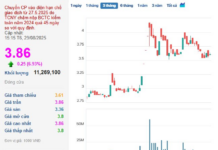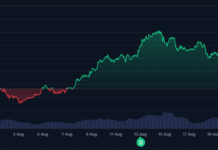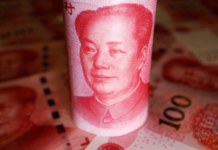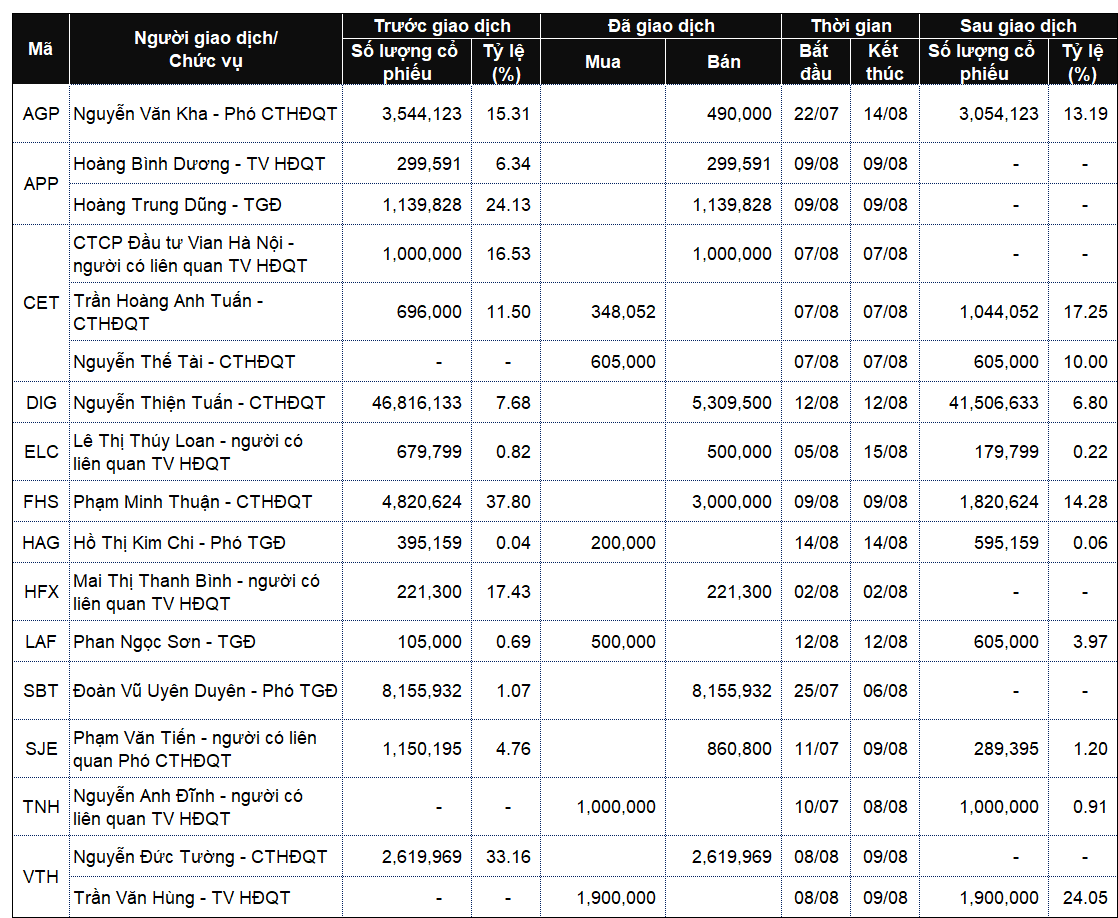Global gold prices slipped from their near three-month peak before surging again as the US dollar’s exchange rate lacked a clear trend, US Treasury bond yields rose slightly, and investors pondered the policies of the new President, Donald Trump. Caution ahead of the US Federal Reserve’s monetary policy meeting next week is also believed to have caused gold prices to stagnate.
At the close of Thursday’s (Jan 23) trading session in New York, spot gold prices fell by $3.1/oz compared to the previous session’s close, equivalent to a drop of over 0.1%, to $2,753.8/oz, according to data from the Kitco exchange.
At 9 a.m. Friday morning (Jan 24) Vietnam time, spot gold prices in the Asian market rose by $14.1/oz compared to the US session close, equivalent to a 0.51% increase, trading at $2,767.9/oz. Converted at Vietcombank’s selling exchange rate, this global gold price is equivalent to VND 84.4 million/troy ounce, up VND 300,000/troy ounce from yesterday morning.
Gold prices fluctuated at their highest level since October last year as investors still had a demand for risk aversion due to the uncertainties surrounding Trump’s policies, while rising bond yields put downward pressure on gold. Additionally, the stagnant nature of the USD exchange rate also resulted in an unclear impact on the precious metal’s price.
The yield on the 10-year US Treasury bond rose 4.7 basis points at the end of Thursday’s session to near 4.65%. However, this yield is still much lower than the 14-month peak of over 4.79% set at the beginning of last week.
The Dollar Index closed Thursday’s session at 108.5 points, down from 108.17 points in the previous session. This morning, the index fluctuated, sometimes reaching nearly 108.1 points and sometimes falling below 107.9 points.
Trump has announced that he will impose tariffs on Canada, Mexico, and China from February 1, but it is unclear how this plan will be implemented. In a speech via video link at the annual event of the World Economic Forum (WEF) in Davos, Switzerland, on January 23, Trump also declared that he would pressure to lower interest rates and demand that Saudi Arabia reduce oil prices. However, it is still very vague how Trump will achieve these goals.
Analysts believe that Trump’s key policies, including imposing tariffs on imported goods, cutting domestic taxes, and deporting illegal immigrants, will impact gold prices in two different ways. On the one hand, the risk of higher inflation due to these policies could help gold fulfill its role as an inflation-hedging and safe-haven investment. On the other hand, higher and longer-lasting inflation could also put downward pressure on gold prices.
“The threat of tariffs from the US has a mixed impact on the precious metals market,” said Frank Watson, an analyst at Kinesis Money, to MarketWatch. “In other words, these threats create uncertainty for the economy, driving the need for safe-haven assets like gold and silver. But on the other hand, tariffs will push inflation higher, limiting the room for central banks to cut rates – a factor that is unfavorable for non-interest-bearing assets like precious metals.”
Therefore, many experts predict that gold prices will continue to rise this year as interest rates fall and central banks continue to buy gold. However, the increase in gold prices in 2025 will be weaker than last year.
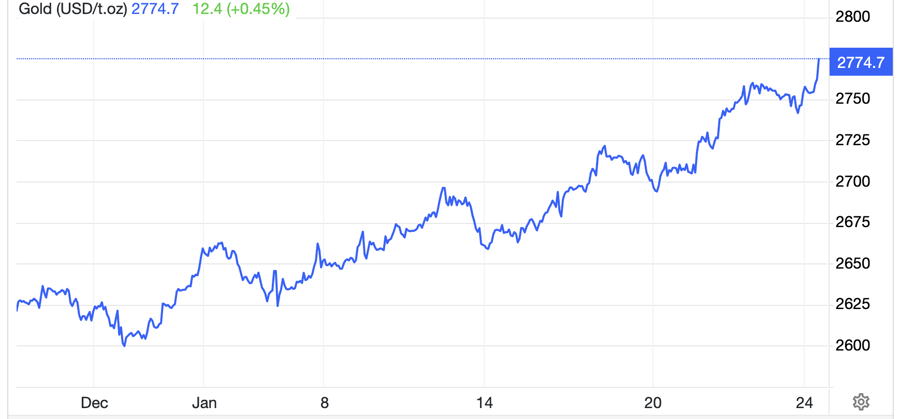
However, some experts are more optimistic. Eric Strand, founder of AuAg Funds, predicts that gold prices will surpass $3,000/oz, marking the second consecutive year of increases above 20%. Last year, world gold prices rose by nearly 27%.
“We forecast gold prices to surpass $3,000/oz this year and possibly even higher. The $3,300/oz mark is also a realistic target,” Strand wrote in a report.
Regarding the Fed’s meeting on January 28-29, the market predicts that the Fed will not cut interest rates this time but keep them at 4.25-4.5% after three reductions totaling a full percentage point in the last four months of last year. Traders are leaning towards the possibility of the Fed’s first rate cut this year in June, and there is a 50-50 chance that rates will fall in May, according to data from the FedWatch Tool of the CME exchange.
The Greenback and the Yuan: A Tale of Contrasting Fortunes
The State Bank of Vietnam’s central exchange rate today stands at 24,333 VND, a decrease of 5 VND compared to the morning of January 15th. Meanwhile, the Chinese yuan remained stable at commercial banks, showing no signs of fluctuation.



















